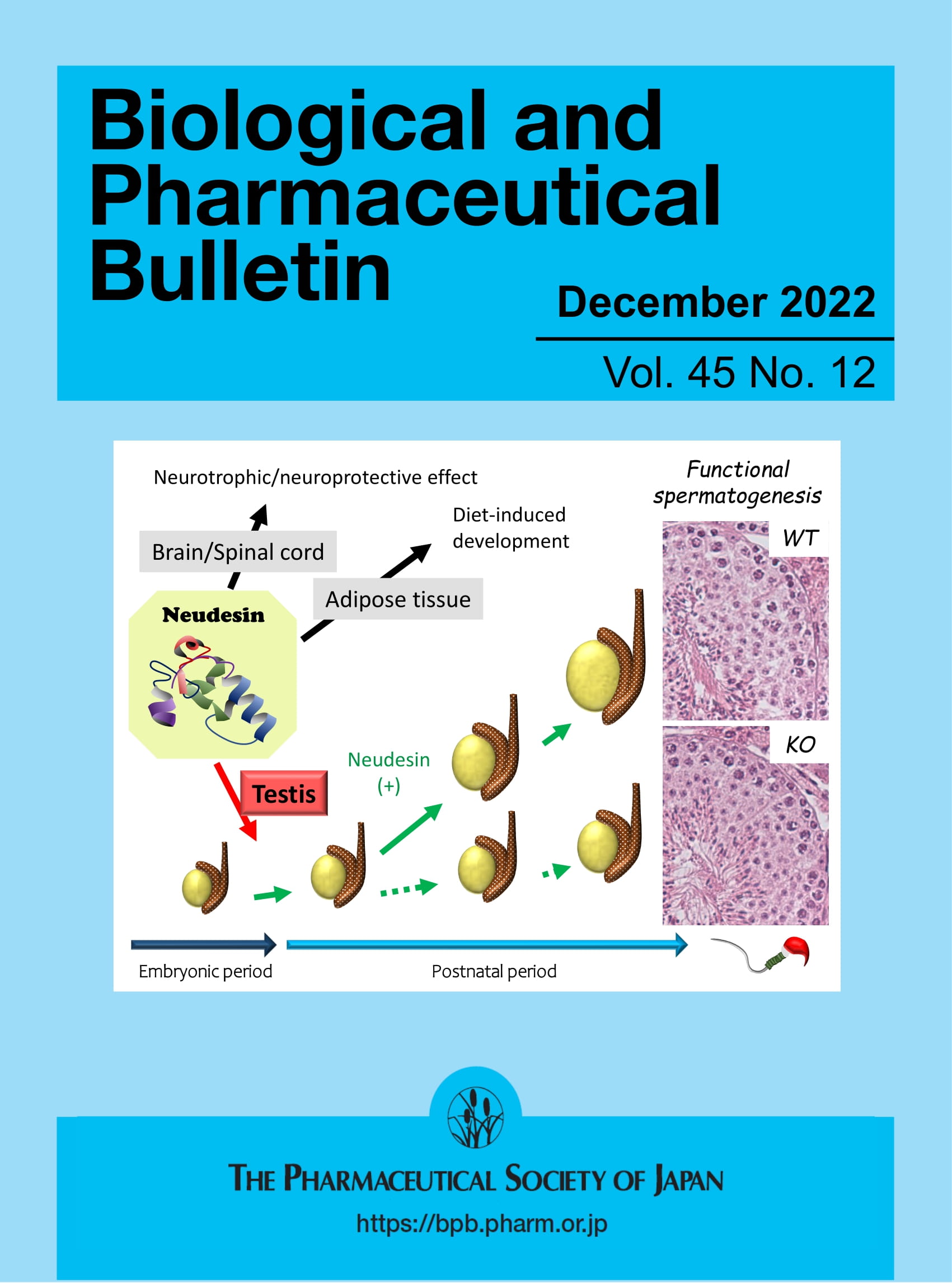Light Stable Isotope Ratios of US Pureed Baby Foods
Abstract
Rationale
The isotopic composition of foods is useful for verifying origin and provides baseline information for interpreting isotopic data from human tissues in dietary and forensic research. Despite their widespread consumption, baby foods in the United States remain isotopically understudied. This study presents and analyzes an exploratory δ2H, δ18O, δ13C, and δ15N dataset for pureed baby foods spanning different food types, labeling designations, brands, and geographic purchase locations.
Methods
Pureed baby food was collected from across the United States, focusing on three widely consumed food types (banana, carrot, and sweet potato, n = 117) across several commercial brands. Cryogenically extracted water and residual dry solids were analyzed to determine the δ2H and δ18O values of water and δ13C and δ15N values of bulk solids.
Results
We found significant isotopic differences between food types, with bananas having the highest δ2H, δ18O, and δ13C values and carrots the lowest. These offsets persisted across different brands. No significant differences were observed across purchase locations. δ15N values were significantly higher for bananas and carrots labeled “organic,” and d-excess and δ18O values in banana and sweet potatoes were significantly higher for foods containing added water.
Conclusions
Our dataset documents isotopic patterns in pureed baby foods aligning with expectations related to differences in growing environment, farming practices (e.g., organic), and processing (e.g., added water). This supports the potential utility of stable isotope data for studying and authenticating baby food production and distribution. Although limited in sample size, the absence of geographic isotopic variation, which is consistent with geographic homogenization of the modern “supermarket diet,” suggests isotopic inputs from food to bodies of infants and children consuming these prepared foods depend more on consumer choices than on location. Thus, early childhood isotope data may be more informative for reconstructing diet than residence.




 求助内容:
求助内容: 应助结果提醒方式:
应助结果提醒方式:


